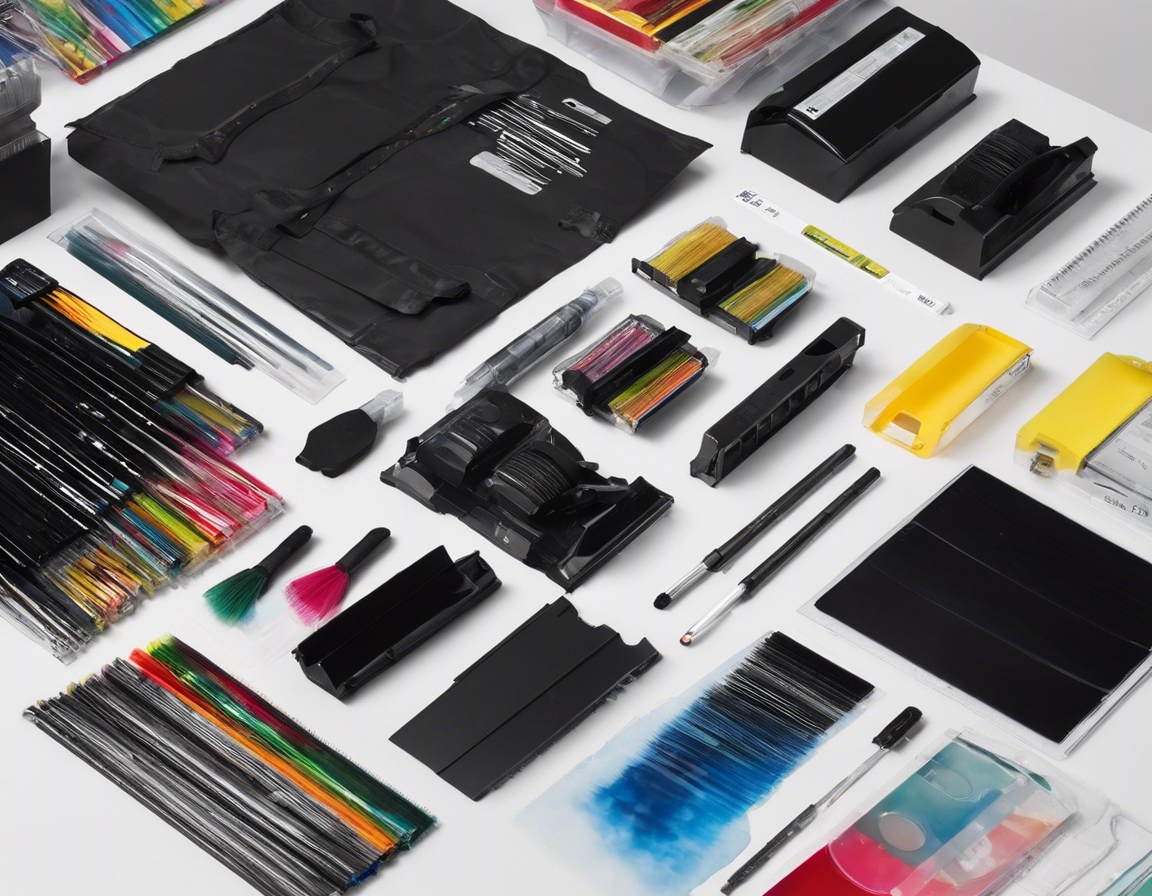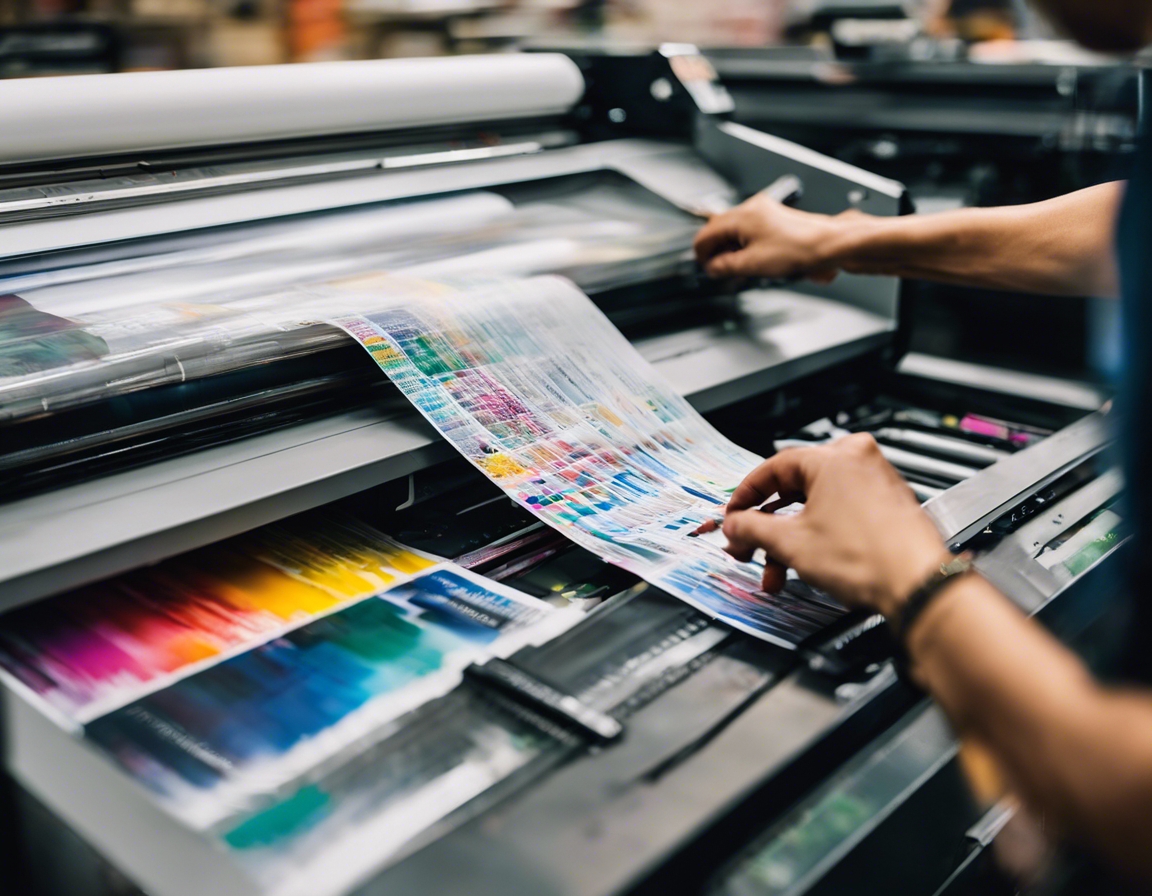The ultimate guide to choosing the right thermal ribbon
Thermal transfer printing is a method that uses a thermal print head to transfer a wax or resin-based ink from a ribbon onto a label, creating a durable and high-quality image. This technology is widely used for printing barcodes, labels, and other identifiers on a variety of materials.
Thermal ribbons are essential components in thermal transfer printing. They come in different formulations, each designed to match specific printing needs and label materials, ensuring the printout's longevity and legibility.
Types of Thermal Ribbons
Wax ribbons are the most common and cost-effective choice for general-purpose labeling on paper materials. They offer good print quality for basic applications but are less resistant to smudging and environmental factors.
Wax-resin ribbons provide a finer image on a wider range of materials, including synthetics. They are more durable than wax ribbons, making them suitable for applications that require a moderate level of resistance to chemicals and abrasion.
Resin ribbons are the most durable option, designed for harsh environments and applications where resistance to extreme temperatures, chemicals, and abrasion is necessary. They are ideal for use on synthetic labels.
Factors to Consider When Choosing a Thermal Ribbon
It's crucial to select a ribbon that is compatible with both the printer model and the label material to avoid poor print quality and potential damage to the printer.
The choice of ribbon should be based on the required print quality and the expected life span of the label, considering factors such as exposure to chemicals, temperatures, and physical wear.
The operating environment can greatly affect the performance of thermal ribbons. Users should consider the presence of moisture, sunlight, and other environmental factors when selecting a ribbon.
High-volume printing demands ribbons that can maintain quality at high speeds, while lower volumes may allow for more cost-effective solutions.
While cost is always a consideration, it should be weighed against the performance requirements to ensure that the chosen ribbon provides the best value over its lifespan.
Industry-Specific Considerations
In the food and beverage industry, labels must withstand cold temperatures and moisture, necessitating ribbons that can endure these conditions without smudging or fading.
Pharmaceutical labels often require high durability and resistance to chemicals, making resin ribbons a preferred choice for many applications in this sector.
Labels in the logistics and shipping industry must be readable throughout the supply chain, often requiring ribbons that are resistant to abrasion and varying environmental conditions.
Best Practices for Using Thermal Ribbons
Thermal ribbons should be stored away from direct sunlight and in a cool, dry place to maintain their quality. Handling should be done with care to avoid contamination or damage.
Optimizing printer settings for the specific ribbon and label material can greatly improve print quality. Regular maintenance of the printer ensures consistent performance and longevity of the thermal ribbons.
Understanding how to troubleshoot common issues such as ribbon wrinkling or poor print quality can save time and reduce waste, ensuring efficient and reliable label printing.






Comments (0)